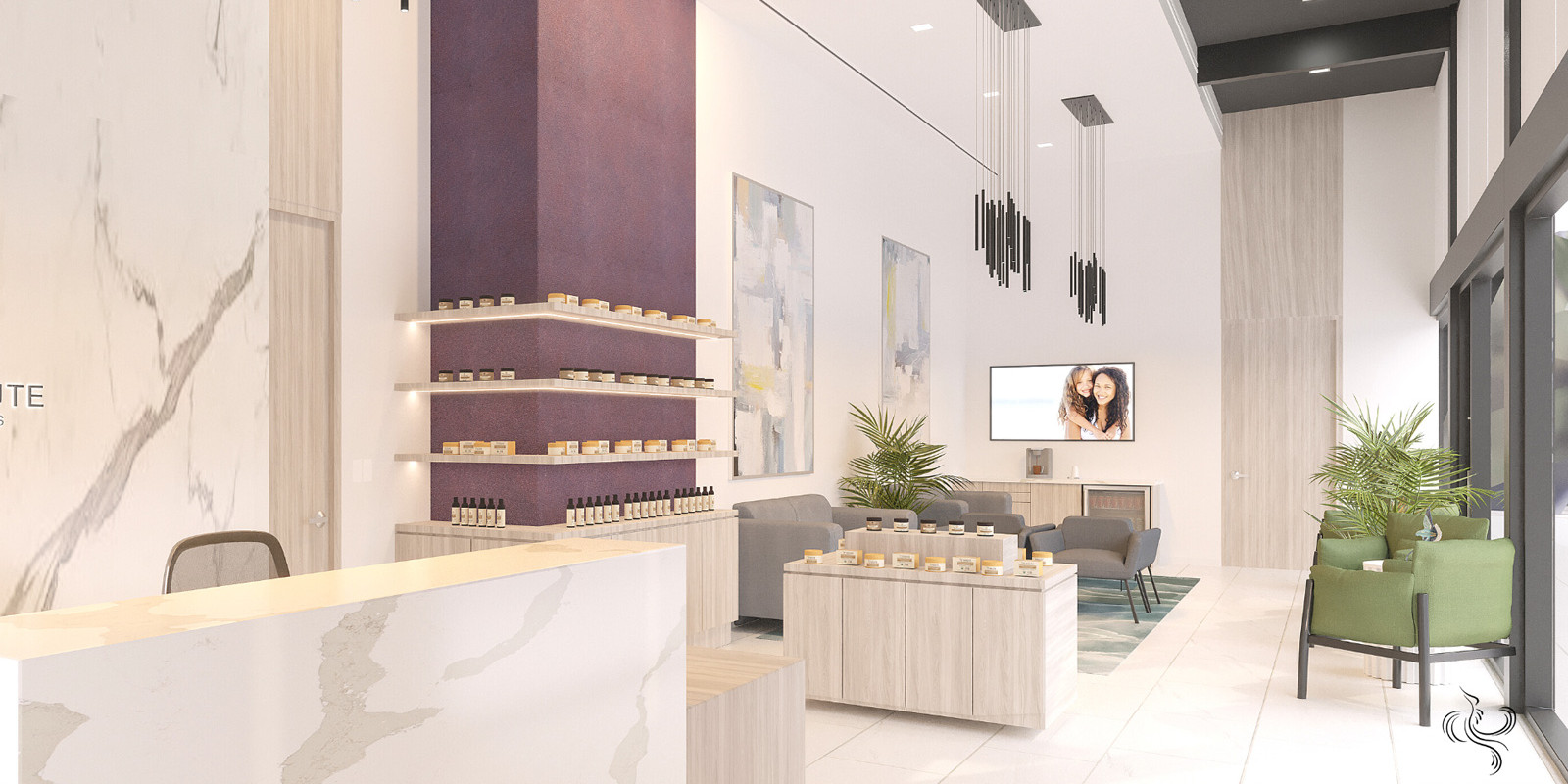“Trust is the easiest thing in the world to lose, and the hardest thing in the world to get back.”
— R. M. Williams
Of the many virtues any successful practice has, being labeled as the most trusted for their field is just an accolade that feels most fulfilling. It doesn’t just show confidence in your work, it also puts faith in your capability to heal. To be trusted means you have delivered on your word and because trust is a value that takes time to grow, means you have delivered excellence multiple times.
Now, the question is how can branding help your patients’ trust? A brand is never static and it doesn’t end with the logo. To simplify branding as simply the visuals is short-changing yourself to fully capture the benefits of a well-executed branding strategy for your medical office. Branding is story-telling, it’s a chance to define and control the narrative to put your brand in the best possible light with your audience. It may well start with a client’s online encounter with your logo but a complete branding process is meant to carry that attraction and goodwill through into the offline experience they will have of your practice.
Visual + Verbal = Experience
To achieve the branded experience, you will need to be consistent. Consistency is key to first, making the messaging aligned with the larger story, second, it makes the brand stick to your patients’ memories, and finally, being consistent is essential in building trust. Trust is a commodity that is so valuable because it builds loyalty out of satisfied customers and makes the most effective of marketers through word of mouth.
The VISUALS include your logo, website, brand colors, social media graphics, and medical office interior design. It’s meant to arouse the sight by attracting through aesthetics. A well-thought-out brand will systematize this as a dossier of visual standards that will include the brand colors in their exact production formulas, what typefaces to use, and a detailed list of what can and what to avoid doing. This is meant to define strict standards that can be executed by different people over a longer period without any deviations.
The VERBALS on the other hand include the Tone of voice, the brand story, and your brand promise. As the basis of the brand, the brand story is meant to explain your genesis, what makes you do what you do and what is it that you want to provide for all your clients. After the visuals have lured you in, these talking points are meant to take the initial attraction to a deeper level to establish some weight about your practice and entice you further to leap to an actual visit. Not just the message is given importance but the way it is delivered. The tone of voice when aligned with the brand – is it formal? Informal? Casual? The approach also identifies the type of audience you’re targeting.
Both the visual and verbal are expected to pull you in to make an actual visit to fully immerse in the EXPERIENCE. Again the consistency is meant to align and carry through what has been encountered before into the actual interface with the practice itself. Do the visuals match your interior design? Does the verbal reflect the service you’re delivering? Visual + Verbal = Experience is not just a straightforward equation of how online marketing relates to offline experiences; the larger picture is to make the intangibles a reality.
To be consistent is to be on the side of honesty, intentionality, and focus. As for Medical practices, consistency takes on more meaning by being able to present as their most authentic self, sure in their capabilities and able to deliver a level of care that patients can rely on. Having that reliability reflected in the earliest interaction just widens the experience patients have with your brand and having it be a journey of discovery, satisfaction, and trust. Let us help you create a space that delivers a world-class experience to your patients. Contact us today for a complimentary design consultation. Talk soon!




